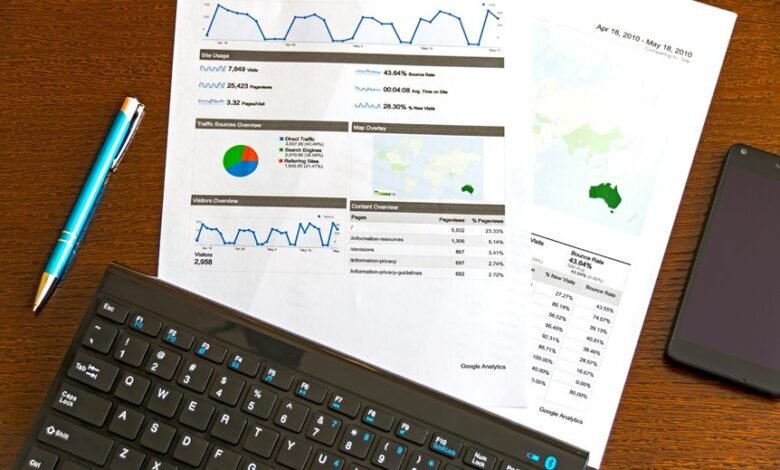Black Friday 9.8B YoY 16.4B US: Adobe’s Black Friday Performance and Year-Over-Year Growth

Adobe Analytics revealed that Black Friday sales reached $9.8 billion in the U.S., demonstrating a 16.4% increase compared to the previous year. This growth underscores a significant transformation in consumer purchasing habits, with digital transactions becoming increasingly preferred. Factors such as enhanced digital experiences and tailored marketing strategies have contributed to this trend. Understanding these dynamics is crucial for retailers looking to adapt and thrive in an evolving marketplace. What other shifts might be on the horizon?
Overview of Adobe’s Black Friday Sales Performance
Adobe’s analysis of Black Friday sales reveals a significant shift in consumer spending patterns, showcasing a robust increase in online purchases.
According to Adobe Analytics, sales metrics indicate a year-over-year growth, with online sales reaching $9.8 billion, up 16.4% from the previous year.
This data underscores a transformative trend in shopping behavior, highlighting the increasing preference for digital transactions among consumers seeking freedom and convenience.
Key Trends in Online Shopping Behavior
Recent trends in online shopping behavior reveal a marked shift towards digital platforms, with consumers increasingly favoring convenience and immediacy.
Mobile shopping continues to surge, accounting for a significant percentage of transactions.
Additionally, social media has evolved into a powerful tool for influencing purchasing decisions, driving engagement and facilitating seamless shopping experiences, ultimately reshaping how consumers approach Black Friday and holiday shopping.
Factors Driving Year-Over-Year Growth
Driving year-over-year growth in online shopping, particularly during Black Friday, can be attributed to several key factors that reflect changing consumer behaviors and technological advancements.
Increased consumer confidence, bolstered by favorable economic conditions, encourages spending.
Additionally, enhanced digital experiences, personalized marketing, and the convenience of mobile shopping further drive engagement, allowing retailers to capture a larger share of the growing online marketplace.
Implications for Retailers and Consumers
The evolving landscape of online shopping during Black Friday presents significant implications for both retailers and consumers.
Retailer strategies must increasingly adapt to shifting consumer preferences, emphasizing personalized experiences and seamless transactions. As competition intensifies, businesses that leverage data analytics to understand purchasing behaviors will thrive.
For consumers, this evolution fosters greater choice and empowerment, enhancing their shopping experience during this pivotal retail event.
Conclusion
In conclusion, Adobe’s reporting of $9.8 billion in Black Friday sales underscores the transformative shift towards digital shopping, fueled by personalized marketing and enhanced user experiences. While skeptics may argue that such growth is merely a seasonal spike, the consistent year-over-year increase of 16.4% indicates a lasting change in consumer behavior. Retailers must adapt to this evolving landscape, leveraging data-driven strategies to maintain competitiveness and meet the growing demand for seamless online shopping experiences.




